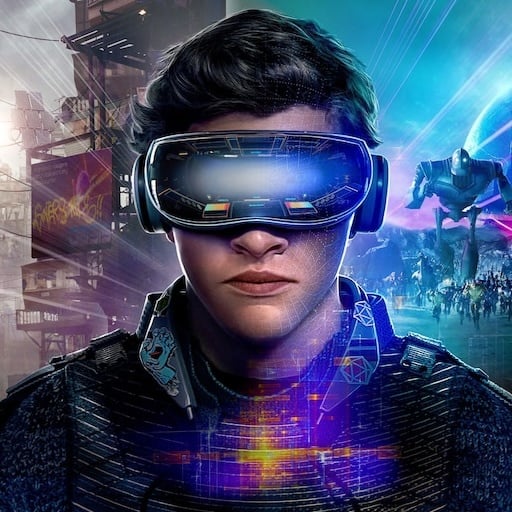Do you have an Intel Arc graphics card in your gaming PC and want to immerse yourself in the world of VR? With the right setup and a few tricks, this is definitely possible, even if the Arc GPUs are not yet officially supported by the major VR platforms. In this guide, we’ll show you step by step how to make your Arc graphics card fit for VR and what limitations there are.
The key to VR with Intel Arc — Virtual Desktop
The most difficult obstacle to VR gaming with an Intel Arc is currently the lack of official support from Meta, Oculus and SteamVR. This means that you cannot simply connect your Meta Quest headset to your PC using a link cable or Air Link. SteamVR also goes on strike and refuses to start if it detects an Arc graphics card in your system.
But there is a solution: the Virtual Desktop app from developer Guy Godin. It allows you to stream VR content wirelessly from your PC to the Quest headset. And Virtual Desktop supports Intel Arc GPUs.
To get Virtual Desktop ready for Arc, first make sure you have SteamVR installed. You then have to start the VR games from Virtual Desktop after SteamVR has been opened. A direct connection between SteamVR and your headset is not necessary. However, bear in mind that you will have to do without functions such as controller tracking and that the latency will be slightly higher than with a cable.
Which VR games run with Intel Arc?
In principle, most SteamVR games should run smoothly with an Arc graphics card and Virtual Desktop. These include, for example, Half-Life: Alyx, Skyrim VR, Fallout 4 VR, Superhot VR, Beat Saber or Pavlov. VR racing simulations such as Assetto Corsa Competizione or Automobilista 2 as well as flight simulations such as Microsoft Flight Simulator 2020 and Star Wars: Squadrons are also worth a try.
Of course, performance always depends on the game in question and the graphics settings selected. Very demanding titles such as Half-Life: Alyx or Microsoft Flight Simulator 2020 can bring even high-end graphics cards to their knees if you pay too much attention to detail. The key here is: Choose resolution and graphic details wisely.
In most games, however, you should be able to achieve at least 72 Hz or even 90 Hz with an Intel Arc graphics card such as the B580. For particularly fast rhythm games such as Beat Saber, you can even reach 120 Hz if you reduce the graphics quality a little. Simply experiment with the settings until you find the sweet spot between visuals and performance.
Unfortunately, there are currently still problems with native Oculus apps and games from the Meta Store. These do not run with an Intel Arc GPU due to the lack of official support. We’ll have to wait and see until Intel and Meta hopefully agree on a collaboration soon. Some Steam games, such as Assetto Corsa, also occasionally get stuck. In such cases, it can help to add “-dx12” or “-d3d12” to the start options of the game to force DirectX 12.
Beatsaber on my Pimax 5k+ with my Intel ARC A750 on EndeavorOS works quite well. But there are few options for using VR with ARC on Windows, other than Virtual Desktop.


